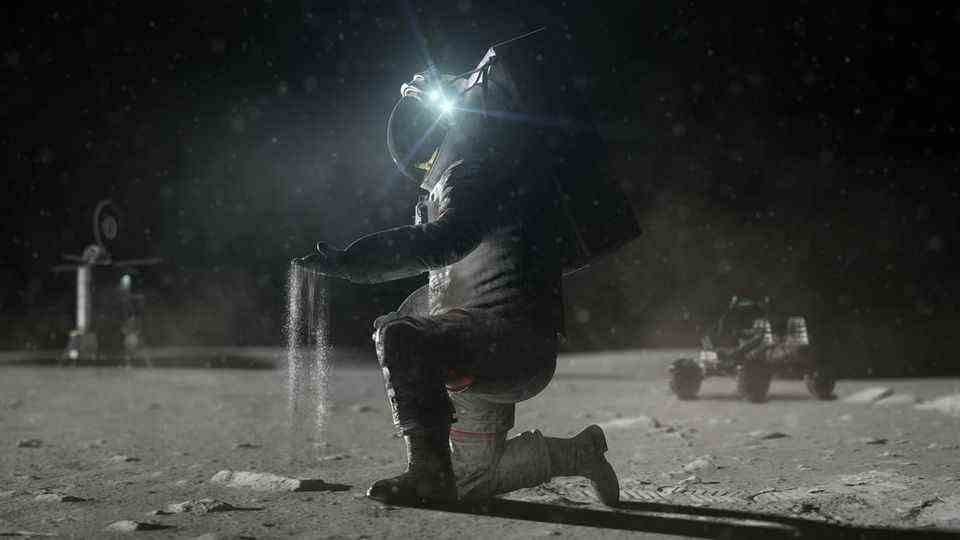Setback for internet project
Space X: Solar storm destroys 40 Starlink satellites
The launch of a Falcon 9 rocket with Starlink satellites on board
© JOE MARINO / Picture Alliance
A solar storm has destroyed dozens of Space X satellites. They were on their way to space as part of the Starlink internet project. The satellites would now burn up, there is no danger, according to Elon Musk’s space company.
Last Thursday, Space X launched a Falcon 9 rocket carrying 49 Starlink satellite internet service satellites from the Kennedy Space Center in Cape Canaveral, Florida. They were sent as part of a project to make high-speed internet available worldwide. Up to 40 satellites got caught in a solar storm after launch, as Space X has now announced.
The satellites reached a temporary earth orbit at an altitude of around 210 kilometers. Each satellite has achieved “controlled flight” and should reach its higher Earth orbit. Then on Friday, a geomagnetic storm destroyed up to 40 of the satellites. Solar storms occur when the sun throws a particularly large number of electrically charged particles towards the earth as a result of an eruption, which can lead to significant disturbances.
“These storms are causing the atmosphere to warm up and increase atmospheric density at our low operating altitudes,” Space X explained. This also increases drag for the satellites. Although the company tried to reduce the air resistance of the satellites through maneuvers and ultimately protect them from the solar storm, the majority of the satellites did not succeed in reaching their targeted earth orbit.
Space X rules out danger from Starlink satellites
“Up to 40 of the satellites will re-enter or have already re-entered Earth’s atmosphere,” SpaceX said. There is “no” risk of collision with other satellites; the aircraft would burn up. There would be no debris in orbit and no satellite parts would hit Earth.
More than 2,000 Starlink satellites are already in service, and the satellite network has been approved for 12,000 satellites to date.
Source:Space Xwith material from DPA


